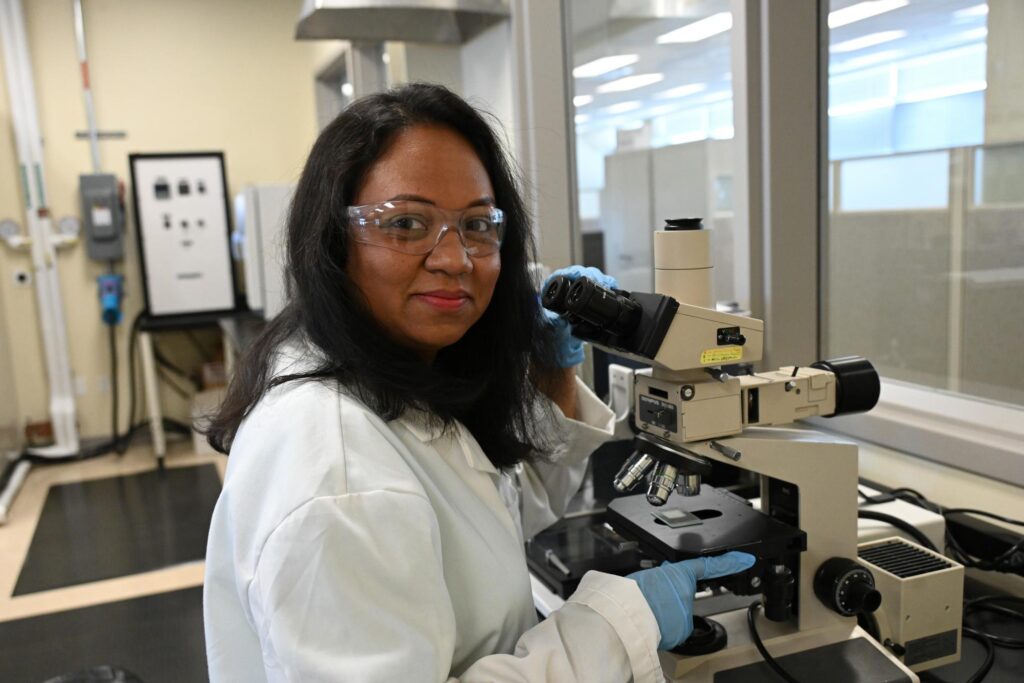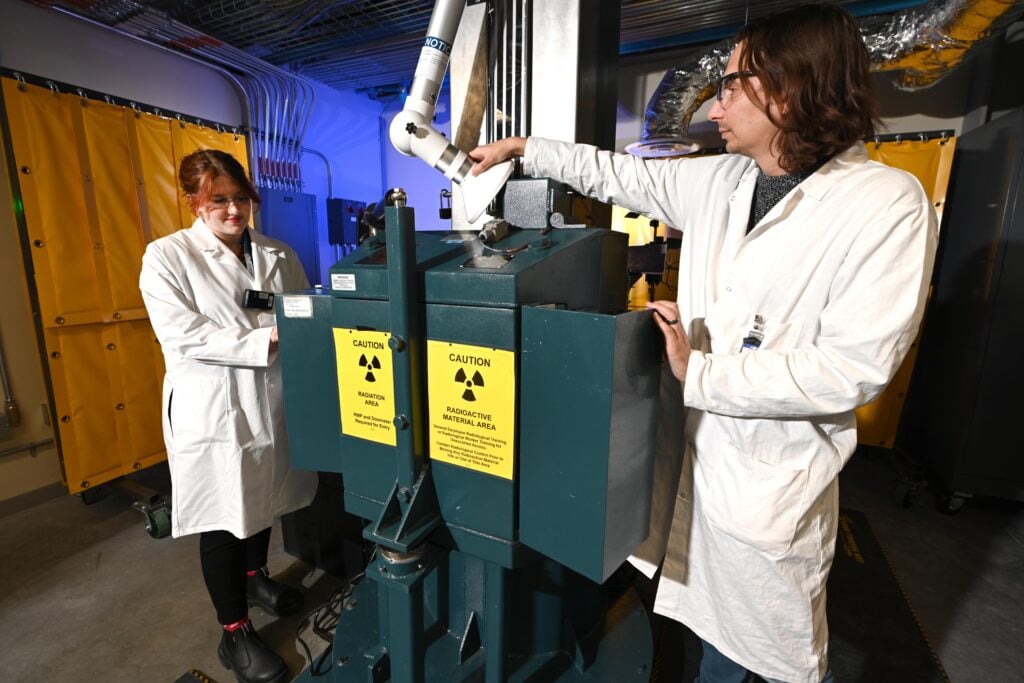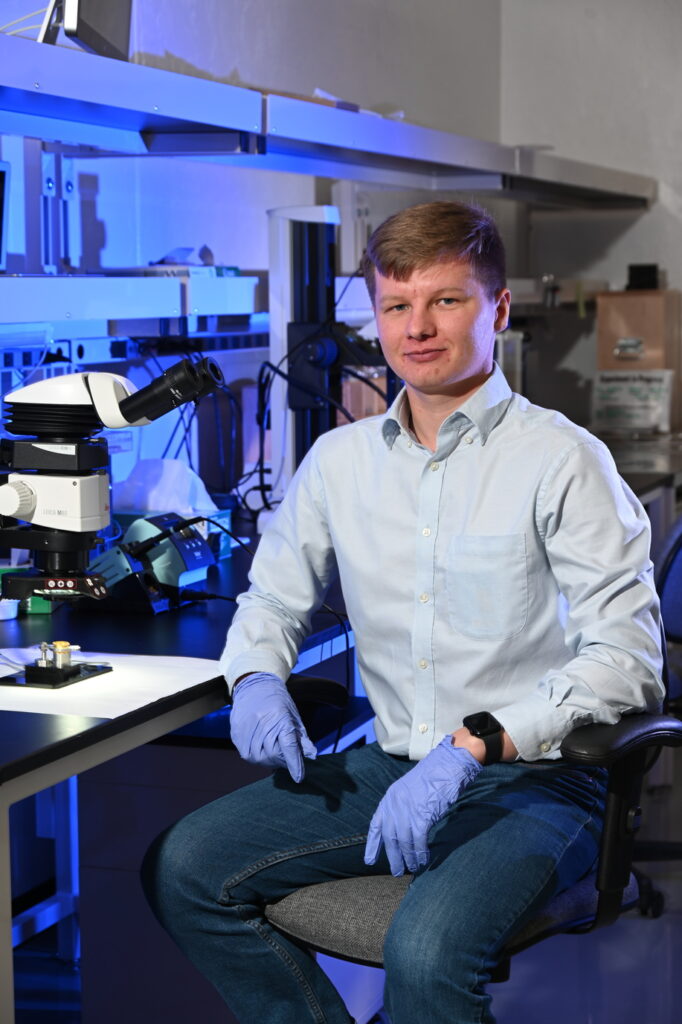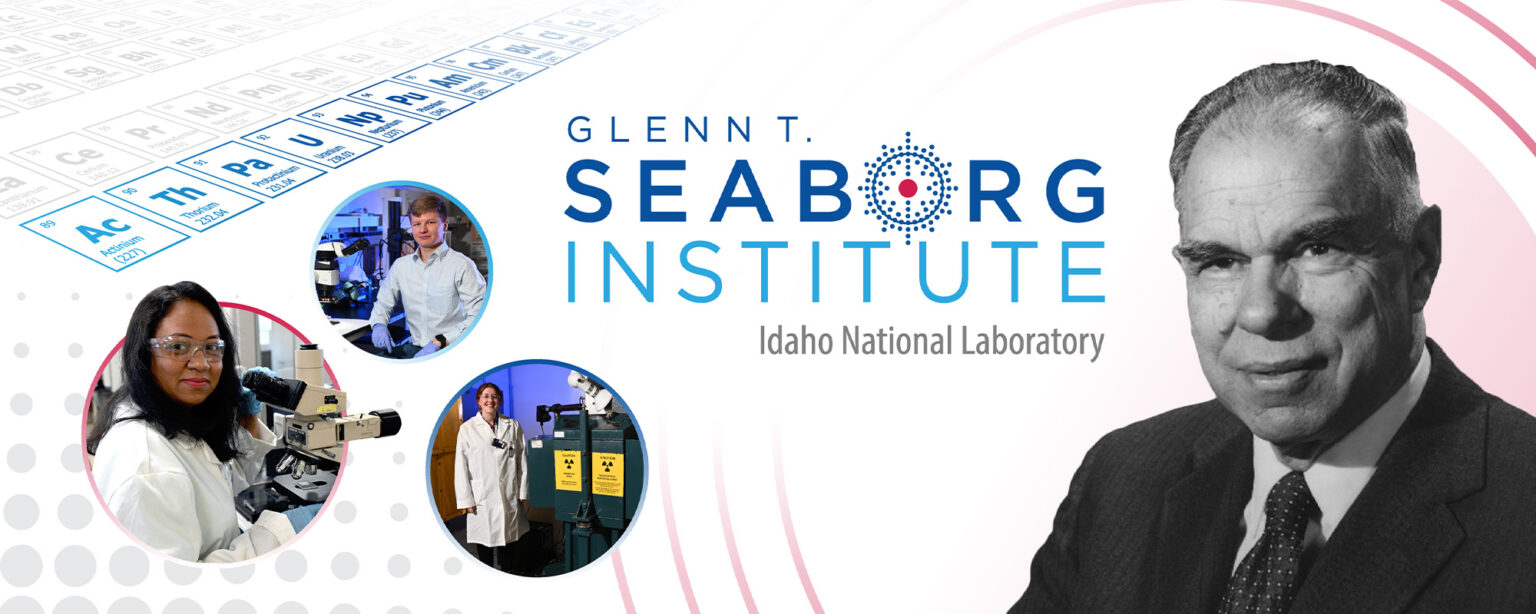Glenn T. Seaborg (1912-1999) was an influential American chemist most renowned for discovering plutonium in 1940. He also helped produce and isolate several additional synthetic transuranium elements and defined the actinide series. Seaborg received the Nobel Prize in Chemistry in 1951, had an element named after him (Seaborgium), and chaired the Atomic Energy Commission. Importantly, he was a staunch advocate for science education.
To address the diminishing pool of researchers trained in the study of actinides, the Glenn T. Seaborg Institute was established in 1991. Since then, four additional Seaborg institutes have been launched.
The Seaborg Institute at Idaho National Laboratory, founded in 2018, nurtures talented researchers committed to studying actinide elements. As part of a nationwide consortium, the INL institute offers a distinguished postdoc program for early-career Ph.D. scientists and engineers, focusing on actinide elements for nuclear energy, fuel cycle, waste treatment and proliferation.
“The Glenn T. Seaborg Institute is an integral part of the INL mission to develop clean nuclear energy sources,” said Rory Kennedy, INL Seaborg Institute director. “We focus on understanding solid-state chemistry and physics, solution-phase chemistry and physics, as well as the forensics and isotope behavior of the actinides.”
The institute also allows the lab to bring in talented researchers from across the world. These individuals contribute to the INL community through their varying professional and academic backgrounds along with their unique life experiences.
Current Glenn T. Seaborg distinguished postdoctoral researchers
Liyanage Ashini Jayasinghe, born and raised in Sri Lanka, developed a passion for STEM subjects early in life. She majored in chemistry at the University of Colombo and was inspired to pursue a research career after working on synthesizing carbon nanotubes from low-cost alternatives.

Under her Seaborg appointment, Jayasinghe investigates the influence of impurities on actinide speciation in molten salt reactors, which could impact reactor safety and performance. She was honored with an R&D 100 Award in 2023.
“Being part of a team of amazing scientists who strive to make the world a better place makes me feel proud,” she said.
INL postdocs find time to give back to the community by volunteering in different ways. “During my free time in summer I volunteer at the Idaho Falls animal shelter, which I enjoy a lot,” Jayasinghe said.
Amy Kynman, originally from Sheffield, United Kingdom, earned her bachelor’s and master’s degrees in chemistry from the University of Warwick. Mentored by Ph.D. students during her undergraduate years, she was inspired to pursue graduate school.

During her Ph.D. studies at the University of California, Berkeley, Kynman gained valuable experience working with f-block elements and confirmed her interest in nuclear energy research. Her Seaborg research focuses on the photochemistry of actinide elements. “I am particularly interested in the study of americium, which contributes significantly to the radiotoxicity of used nuclear fuel,” Kynman said.
“I focus on my career and research when I’m at work, and try to do the same with my personal life and interests at home to recharge,” Kynman said. Her hobbies are cooking, yoga and, lately, learning how to crochet. “I have a very energetic kitten that always demands attention when I get home, which helps me switch off from work!”
Volodymyr Buturlim was fascinated by physical laws from a young age, which led him to study electronic equipment and devices at Sumy State University in Ukraine. His Ph.D. research at Charles University in Prague focused on magnetism and transport in uranium-based materials.
In his Seaborg appointment, Buturlim delves into the world of uranium compounds, exploring their various magnetic properties. With access to cutting-edge tools at INL, he feels a deep responsibility and pride in contributing to science. Buturlim values working with a diverse team of researchers at the lab, where different cultural backgrounds and expertise foster an innovative environment.

Balancing a demanding career with family and personal interests presents challenges, especially when supporting family in Ukraine during turbulent times. Nonetheless, Buturlim strives to maintain this balance by prioritizing his family, offering support and staying connected, regardless of the distance or circumstances.
The Glenn T. Seaborg Institute at Idaho National Laboratory continues to uphold the legacy of its namesake by fostering a new generation of talented researchers in the field of actinide science. Through its distinguished postdoc program, the INL Glenn T. Seaborg Institute supports early-career scientists and engineers dedicated to advancing nuclear energy, addressing key challenges, and contributing to a safer and cleaner future. The institute’s commitment to excellence, innovation, and collaboration underscores its vital role in shaping the future of actinide research and nuclear energy technologies.





